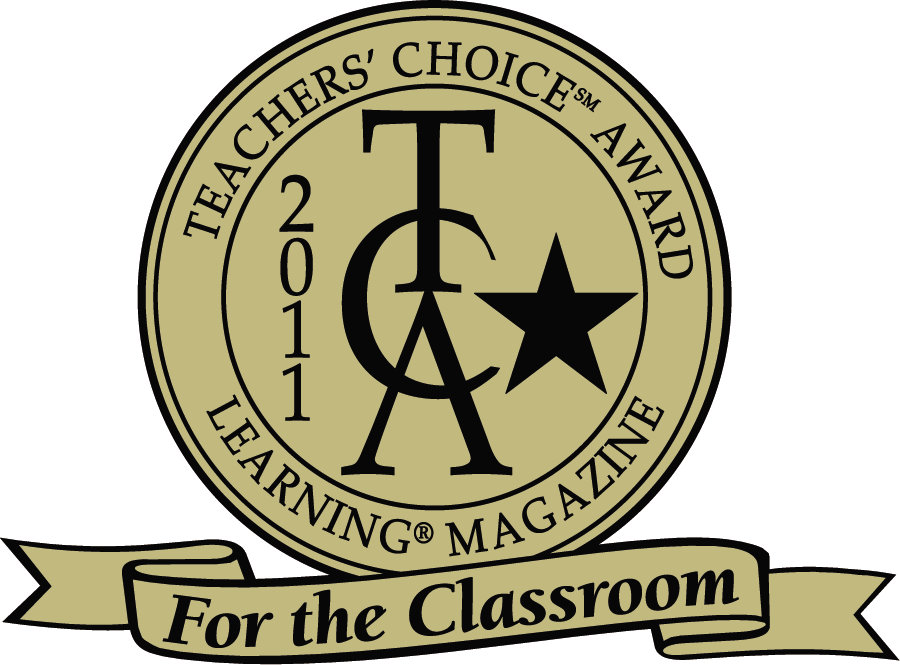
“What a perfect way to engage our young learners – through song, dance, exploration, and play! Project Learning Tree’s Environmental Experiences for Early Childhood is a valuable resource for every early childhood environment.”
– Michele Bitters, Preschool Coordinator
Loudoun County, Parks, Recreation, and Community Services
“This guide is a perfect way to infuse the early childhood curriculum with environmental educational learning opportunities! It helps the youngest of learners interact with nature and the world around them through approaches that are developmentally appropriate – and fun!”
– Dr. Courtney Crim, Assistant Professor
The University of Texas at San Antonio
 Developed with preschool educators and early childhood specialists, Project Learning Tree’s Environmental Experiences for Early Childhood includes over 130 experiences that engage children in outdoor play and exploration. It is specifically designed for educators who work with children ages three to six. Topics include exploring nature with five senses, meeting neighborhood trees, and experiencing trees through the seasons. An accompanying music CD features songs from children’s musician Billy B. Brennan that encourage children to sing, dance, and move.
Developed with preschool educators and early childhood specialists, Project Learning Tree’s Environmental Experiences for Early Childhood includes over 130 experiences that engage children in outdoor play and exploration. It is specifically designed for educators who work with children ages three to six. Topics include exploring nature with five senses, meeting neighborhood trees, and experiencing trees through the seasons. An accompanying music CD features songs from children’s musician Billy B. Brennan that encourage children to sing, dance, and move.
Student Lessons
Section 1: Exploring Nature with Five Senses
Activity 1 – The Shape of Things
In these experiences, children will search for the shapes and colors that define both our natural and built environments.
Activity 2 – Sounds Around
Through these experiences, children explore the sounds of nature and imitate the sounds using their own voices and instruments they make in class.
Activity 3 – Get in Touch with Trees
In these experiences, children will explore trees and their parts by using the sense of touch. They may feel rough bark, spongy moss, sharp thorns, and sticky sap.
Activity 4 – We All Need Trees
Trees are filled with aromatic woods, savory spices, smelly twigs or yummy fruits. In these experiences, children will explore trees using their noses and mouths!
Section 2: Experiencing Trees Through the Seasons
Activity 5 – Signs of Fall
Through these experiences, children will explore the signs of autumn and will play with falling, changing, and dancing leaves.
Activity 6 – Evergreens in Winter
Evergreen trees offer a sensory overload! Through these experiences, children will touch, smell, see, hear, and taste the season of winter. Many of these experiences can be used year-round in areas with or without snow.
Activity 7 – Bursting Buds
In most areas of the United States, spring is a time of growth for trees and other plants. These experiences help children explore twigs, buds, and tree flowers while they celebrate the coming of spring.
Activity 8 – Adopt a Tree
Tree species can be identified by looking at their bark, flowers, fruits, leaves, seeds, and twigs. Through these experiences, children will compare trees and decide which combination of features they like most.
Section 3: Meeting Neighborhood Trees
Activity 9 – To be a Tree
Trees are a lot like people–with limbs, trunks, and skin. Through these experiences, children make a tree costume and explore the parts of a tree.
Activity 10 – Trees as Habitats
From their leafy branches to their tangled roots, trees provide habitats for a diverse variety of plants and animals. through these experiences, children discover how plants and animals depend on trees by taking a walk, acting out a story, and investigating tree parts.
Activity 11 – Three Cheers for Trees
Each day trees provide many benefits for all people. Through these experiences, children will explore the many products and benefits that trees provide.
Standards Alignment
Environmental Experiences for Early Childhood provides a structured alignment to the following early childhood accreditation programs:
- National Association for the Education of Young Children (NAEYC)
- Head Start Child Outcomes Framework
- North American Association for Environmental Education (NAAEE) Early Childhood Environmental Education Guidelines for Excellence
Get the Materials
To get the Environmental Experiences for Early Childhood Guide (available in print or electronically):
- Purchase a print guide or e-book. Available from Shop.PLT.org or through your PLT State Coordinator.
- Attend a PLT workshop. Our 50-state and international network provides educators with hands-on professional development, state specific supplements that address local academic standards and environmental issues, and customized assistance for adopting environmental education. During COVID-19, PLT now offers remote professional development to model new ways educators can work with students virtually, including adaptations to PLT activities. Learn more.
- Contact your PLT State Coordinator about scheduled workshops in your area, or work with him or her to plan one for your unique setting!
- Alternatively, check out our online course.
Additional Resources
- Download Family and Friends pages (available in English and Spanish) for each activity and distribute to parents and caregivers. Each page introduces a theme and suggests ways that families can enhance their child’s learning experiences. To access these PDFs and other resources for each activity, register (for free!) and log in.
- Subscribe to our newsletter to receive notice of new resources that support this curriculum, plus ideas for engaging young children with nature in both a formal classroom and nonformal setting.
Please remember that all PLT curriculum materials are protected under copyright law. Reproduce responsibly.
Click here for our Content Reprint and Adaptation Policy.


